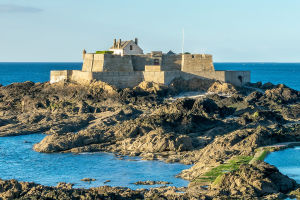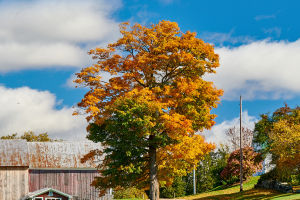The national bird is a symbol of the spirit of a country and a nation. The selection of the national bird has a history of more than 200 years. In 1960, the 12th International Bird Conservation Conference called on all countries in the world to select their own national birds in order to popularize the idea of bird protection among the citizens. At present, more than 120 countries and regions in the world have identified national birds.
1. Swallow
National bird of Estonia and Austria. They are summer migratory birds. They like to inhabit the environment where humans live. They mainly feed on pests such as mosquitoes and flies. They are nature's beneficial birds. It can eat 250,000 insects in a few months. It is a good friend of human beings. We must protect them and not harm them.
2. Black Stork
The national bird of Belarus has a beautiful body, with a sharp contrast of black, white and red, with agile movements and alert temperament. The mouth is long and stout, the head, neck and feet are very long, and the mouth and feet are red. The feathers on the body are black except for the pure white chest and abdomen, which can reflect a variety of colors under different angles of light.
3. Kestrel
The national bird of Belgium, a small raptor of the Falconidae. Famous for hunting flying creatures in the air, it has extremely superb flying skills, and can fly very high. They exhibit bisexual differences, which are rare in eagles, with males having more vivid colors.
4. Spear Falcon
Iceland's national bird, a medium-sized bird of prey, is also a larger falcon. Feather color changes greatly, there are dark type, gray type. In a few icy and snowy alpine regions in Iceland, the spear falcon will appear white-covered individuals in order to adapt to the environment, so it is also called the white falcon.
5. White-tailed sea eagle
It is the national bird of Poland. Adults are mostly dark brown. The head and neck feathers are lighter in color, sandy brown or light yellowish brown, with dark brown feather shaft patterns, and the base of the forehead is especially light. One of the top ten raptors in the world, it often flies low above the water and feeds on fish. The mouth and feet are yellow, and the tail feathers are wedge-shaped and pure white.
6. Mute Swan
The national bird of Denmark, in Andersen's fairy tale, the prototype of the ugly duckling. The feathers are white and the neck is slender. When swimming, the neck is curved in an S shape, which is very graceful and is known as the most elegant bird. Named for the protrusion of a wart on the forehead. Although they walk clumsily, they are very good swimmers. It flies with its head straight and rarely makes a sound.
7. Oystercatcher
National bird of Ireland, El Salvador and the Faroe Islands. The body feathers are black and white, the body shape is round, and the feet are short and thick. Mouth is special, long and strong, suitable for opening hard shells. Most solitary activity, sometimes in small flocks foraging on the beach, running fast and flying. They often stand on top of low rocks on the beach and wait for the tide to ebb. After the tide goes out, they search for food in the silt or sand.
8. Whooper swan
Finland's national bird, the bird with the most feathers in the world and the second-highest flying bird, can fly over Mount Everest, the roof of the world, and the highest-flying height can reach more than 9000m. They are huge in size, with white feathers, and swim slowly and calmly, with graceful postures. Their beauty was once the object of crazy hunting. In habitats, they rarely take off unless absolutely necessary.
9. White Wagtail
The national bird of Latvia has black and white plumage. The front of the forehead and face are white, and the back of the head, pillow and nape are black. The back and shoulders are black or gray, and the flight feathers are black. When flying, it moves forward in waves, and when it stops, the tail keeps swinging up and down.
10. Goldcrest
The national bird of Luxembourg is one of the smallest birds besides the hummingbird. It is widely distributed, sings beautifully, and is light and lovable. It is named after the lemon-yellow or orange-yellow crown in the center of the head, which looks like a bright little chrysanthemum. They are also known as the "king of birds" because of the bright yellow feathers on their heads that resemble a crown.


